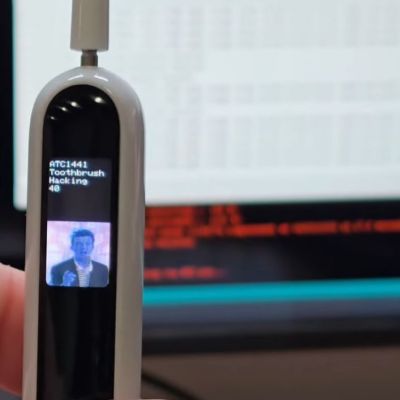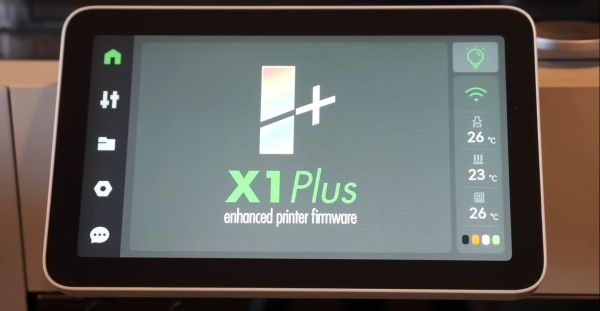Readers may recall when we first covered the $5 Xiaomi LYWSD03MMC temperature and humidity sensor back in 2020. Prolific hacker [Aaron Christophel] wrote a custom firmware for the affordable gadget that was so capable and well implemented that it kicked off a whole new community.
It’s recently been brought to our attention that the Xiaomi thermometer has become so popular that clones have started popping up. Often sold under the Tuya brand, these versions look very similar to Xiaomi’s offering but can be had for as little as $1 each from the usual Chinese importers. Even better, they’ve got their very own open-source custom firmware.
The firmware comes from [pvvx], who also helms the most active fork of [Aaron]’s original firmware for the Xiaomi thermometer. Doing a bit of spot-checking between the repositories, it’s not immediately clear that any meaningful code is shared between the two projects. However, once installed, they offer similar capabilities to the user, such as integration with Home Assistant. Perhaps the most significant difference between the two projects is that, at least for the initial flash, you need to hook the Tuya units up to your computer with a USB serial adapter. Considering that one of the highlights of the Xiaomi custom firmware was its exceptionally easy wireless installation, this is a considerable step backward.
Below is a video from a few months back that [Maker’s Fun Duck] put together, where he takes apart one of these clones and shows the installation process for the custom firmware. Our overall impression is that it’s probably worth the few extra dollars to get the original Xiaomi hardware, although the display on the clone seems much brighter. In any event, we’re always happy to see the community coming up with free and open-source firmware for an otherwise locked-down gadget.
Continue reading “Custom Firmware For Even Cheaper Bluetooth Thermometers”

















